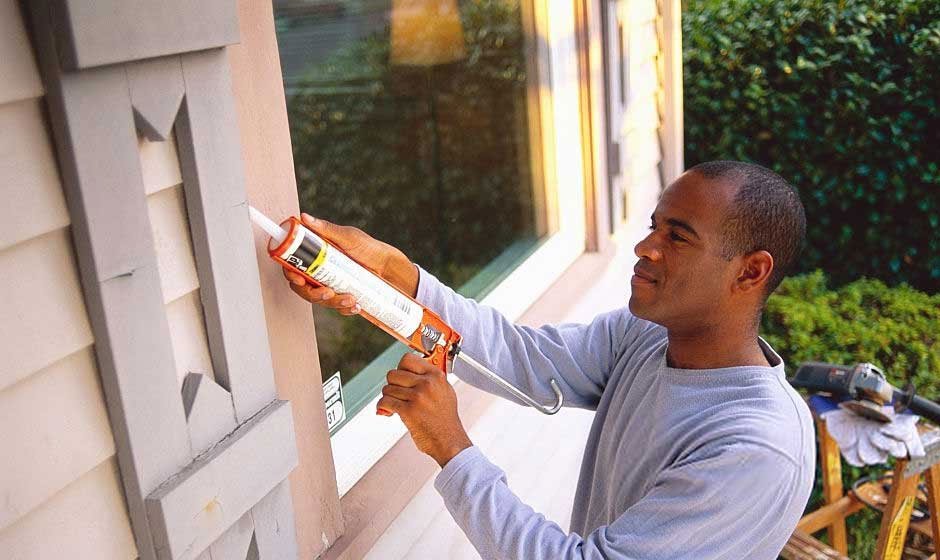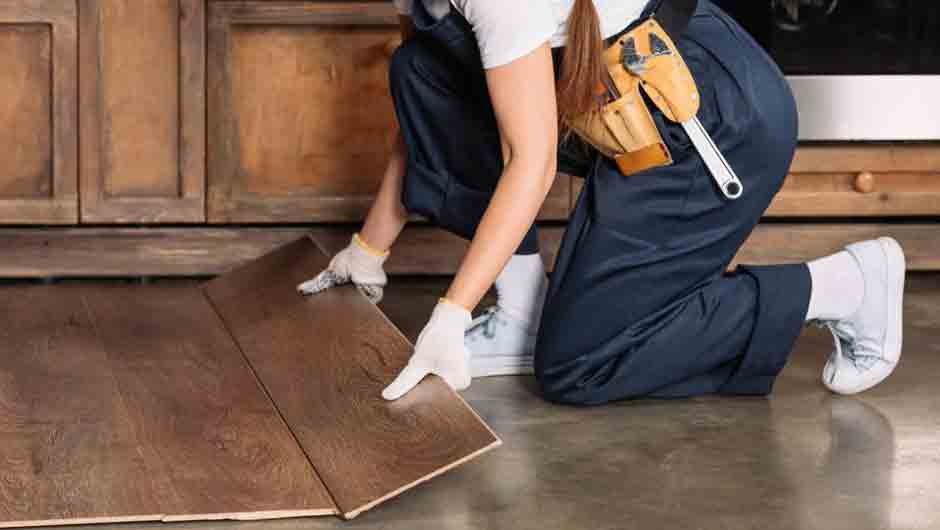Personal Injury Prevention Tips for DIY Enthusiasts

Are you a DIY enthusiast who loves tackling home improvement projects? While do-it-yourself projects can be rewarding and cost-effective, they can pose certain risks if proper safety precautions are not taken. In this article, we will provide you with essential personal injury prevention tips to ensure that your DIY endeavors remain safe and enjoyable. So grab your tools, put on your safety gear, and let’s get started!
DIY projects are a popular choice for homeowners who want to save money and take pride in accomplishing tasks on their own. However, it’s crucial to prioritize safety to prevent accidents and injuries during these projects. By following the personal injury prevention tips outlined in this article, you can significantly reduce the risk of harm while enjoying your DIY endeavors.
Understanding the Risks
Before diving into your DIY project, it’s essential to understand the potential risks involved. Common hazards include falls, electrical shocks, cuts, burns, and exposure to harmful chemicals. By recognizing these risks, you can take proactive measures to mitigate them and prioritize your safety throughout the project.
Safety Gear and Equipment
The first step in personal injury prevention is using appropriate safety gear and equipment. This includes but is not limited to:
- Safety goggles to protect your eyes from debris and dust
- Ear protection to prevent hearing damage from loud power tools
- Gloves to protect your hands from cuts, burns, and chemicals
- Hard hats for projects that involve overhead work
- Respirators or masks for protection against dust and harmful fumes
Planning and Preparation
Proper planning and preparation are key to a safe and successful DIY project. Here are some essential steps to follow:
Research the project thoroughly and understand the required skills and techniques.
Create a detailed plan, including a timeline, materials needed, and the order of tasks.
Make a checklist of all necessary tools and materials and ensure they are readily available.
Clear the workspace of clutter and hazards that could cause accidents.
Inform family members or neighbors about your project and its potential impact on them.
By taking the time to plan and prepare adequately, you can minimize the likelihood of accidents and ensure a smoother DIY experience.
Electrical Safety
When working with electricity, it’s crucial to prioritize safety to avoid electrical shocks or fires. Follow these tips to stay safe:
- Shut off the power to the area you’ll be working on.
- Use a non-contact voltage tester to ensure wires are not live.
- Replace or repair any damaged or frayed electrical cords.
- Avoid overloading circuits by distributing the power load evenly.
- Never work on electrical components if you’re unsure; consult a professional instead.
Working with Tools
Tools are an essential part of any DIY project, but they can also be dangerous if mishandled. Here are some safety tips to keep in mind:
- Familiarize yourself with the proper use and handling of each tool before starting.
- Keep your tools clean and well-maintained for optimal performance.
- Use the right tool for the job and avoid improvising with inappropriate substitutes.
- Always cut away from your body and maintain a firm grip on the tool.
- Store tools in a secure place to prevent accidents and unauthorized access.
Ladder Safety
Working at heights presents unique risks that should not be underestimated. Follow these ladder safety tips to prevent falls:
- Inspect the ladder before use for any damage or defects.
- Ensure the ladder is stable on a flat surface and use leg levelers if needed.
- Maintain three points of contact when climbing (e.g., two feet and one hand).
- Avoid overreaching and reposition the ladder as necessary instead.
- Never stand on the top rungs or use the ladder in an extended or closed position.
Chemical Safety
Many DIY projects involve the use of chemicals such as paints, solvents, and adhesives. To handle them safely, follow these guidelines:
- Read and follow the instructions on the chemical labels carefully.
- Work in a well-ventilated area or use a respirator if necessary.
- Wear appropriate gloves and protective clothing when handling chemicals.
- Store chemicals in a designated area away from heat sources and open flames.
- Dispose of chemicals properly according to local regulations.
Fire Safety
Fire hazards can arise during DIY projects, especially when using flammable materials or working near heat sources. Here’s how to ensure fire safety:
- Keep a fire extinguisher nearby and know how to use it.
- Avoid smoking or using open flames in the workspace.
- Use caution when working with heat-producing tools such as soldering irons or torches.
- Store flammable materials in a cool and well-ventilated area.
- Have a clear evacuation plan in case of a fire emergency.
First Aid and Emergency Preparedness
Accidents can still happen despite taking precautions, so being prepared is essential. Here’s what you should do:
- Have a well-stocked first aid kit readily available.
- Familiarize yourself with basic first aid techniques and CPR.
- Keep emergency contact numbers easily accessible.
- Know the location of the nearest hospital or urgent care center.
- Inform someone else about your project and check in periodically.
Stress and Fatigue Management
Long hours of DIY work can lead to stress and fatigue, increasing the likelihood of accidents. Follow these tips to manage your well-being:
- Take regular breaks and stay hydrated.
- Avoid working when you’re tired or distracted.
- Listen to your body and stop if you feel pain or discomfort.
- Practice proper lifting techniques to prevent strains and injuries.
- Don’t hesitate to ask for help or hire professionals for complex projects.
Proper Waste Disposal
Disposing of waste properly is not only essential for the environment but also for your safety. Here’s what you should do:
- Separate waste materials according to their categories (e.g., recyclables, hazardous waste).
- Follow local regulations and guidelines for waste disposal.
- Store hazardous waste in designated containers and dispose of them appropriately.
- Avoid overfilling trash bags or containers to prevent spills or injuries.
- Consider donating or recycling items that are still in good condition.
Hiring Professionals
While DIY projects can be rewarding, some tasks are best left to professionals. Consider the following situations:
- Projects involving electrical or plumbing work that require specialized knowledge.
- Structural modifications or additions to your home may impact its integrity.
- Projects with a high risk of injury or those involving dangerous materials.
- When you lack the necessary skills, experience, or time to complete the project safely.
Keeping Children and Pets Safe
If you have children or pets at home, their safety should be a top priority during DIY projects. Consider these measures:
- Keep children and pets away from the workspace by creating a designated safe area.
- Secure tools and materials to prevent access by curious hands or paws.
- Communicate potential hazards to older children and teach them about safety precautions.
- Supervise children closely when they are in the vicinity of ongoing projects.
- If necessary, arrange for childcare or pet care during particularly hazardous projects.
Engaging in DIY projects can be a fulfilling and enjoyable experience, but it’s essential to prioritize safety throughout the process. By following the personal injury prevention tips outlined in this article, you can significantly reduce the risk of accidents and injuries. Remember to use appropriate safety gear, plan and prepare thoroughly, and be aware of the specific risks associated with each project. With caution and care, you can complete your DIY endeavors while keeping yourself and those around you safe.



